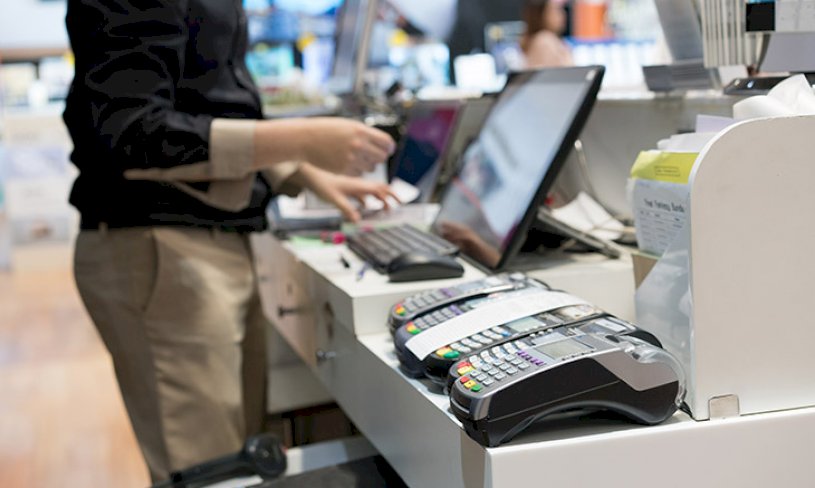Equipping professional accountants for sustainability
The International Federation of Accountants has developed a concise resource to guide accounting professionals and...
READ MORE
For the second month in a row the NAB Online Retail Sales Index contracted, down 0.9 per cent following on from a significantly revised contraction in April (-1.3 per cent).

However, in year-on-year terms, the index continued to grow, albeit slowing in May (10.4 per cent y/y).
Department stores continued to grow, and fashion returned to growth, while large sales category, grocery and liquor, which recorded growth in April, contracted the most in May.
In year-on-year terms, for grocery and liquor, growth however has remained double digit, albeit slowing. The largest sales category, homewares and appliances, recorded a smaller contraction than the overall index, but in year-on-year terms, is one of the slowest after strong growth over the prior two years.
All states, except Queensland, recorded a contraction in growth in month-on-month terms in May, with last month’s growth leader, South Australia, contracting more than the average. In year-on-year terms, ACT leads growth, with Queensland leading the larger sales states.
The contraction in growth deteriorated for regional areas in the month, while metro areas improved to record a smaller contraction. However, this headline result was influenced by a significant decline in South Australian regional sales in May, mostly reversing the gain for the same area in April. In year-on-year terms, growth in metro areas was slightly faster, with NSW and Queensland contributing heavily to the result.
The contraction in growth was larger in May for international retailers, with domestic improving slightly, albeit still contracting. Fashion, department stores, and personal and recreational goods contributed heavily to the monthly result for international. Over the year, domestic retailers continue to outpace international.
NAB estimated that in the 12 months to May, Australians spent $55.96 billion on online retail, a level that is around 14.7 per cent of the total retail trade estimate (April 2022, Series 8501, Australian Bureau of Statistics), and about 16.6 per cent higher than the 12 months to May 2021.
NAB chief economist, Alan Oster said apart from the omicron-induced spike in January, the monthly change has generally been negative since October.
“This coincided with the ending of lockdowns in the larger states, supporting the broader rebound in instore retail sales,” he said.
“In year-on-year terms our series remains positive, albeit slowing. This compares favourably with some published overseas series. The UK measure (BRC), for example, indicates UK online retail sales contracted again in year-on-year terms.”
Our broader measure of retail trade, the NAB Cashless Retail Index, and the NAB weekly monitor, suggests spending growth is beginning to soften. It is likely that inflationary pressures and concerns over the future direction of borrowing costs are beginning to weigh on the consumer.
In contrast, the ANZ Consumer Confidence Index rose 3.7 per cent last week increasing in NSW, Queensland and Western Australia but falling in South Australia.
In the major categories, “Weekly inflation expectations” decreased 0.2 ppt to 5.7 per cent, while its four-week moving average was unchanged at 5.7 per cent.
The subindices registered mixed results. “Current financial conditions” dropped 1.6 per cent, after a fall of 13.9 per cent over the last seven weeks. “Future financial conditions” gained 5.5 per cent after a 5.1 per cent rise the week before.
“Current economic conditions” decreased 2.5 per cent, its fourth straight weekly decline. “Future economic conditions” rose 6.0 per cent after a 7.1 per cent fall over the previous three weeks while “Time to buy a major household item” increased by 9.8 per cent.